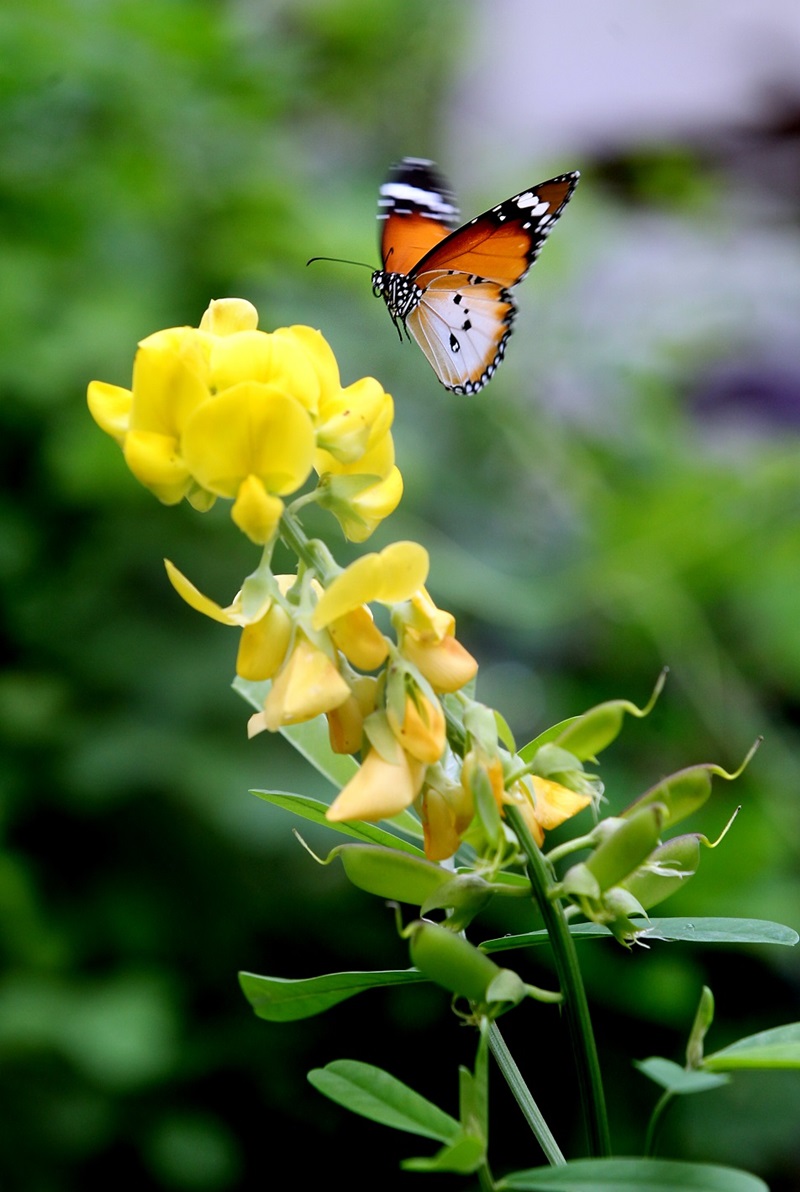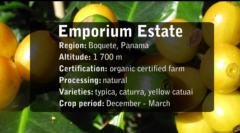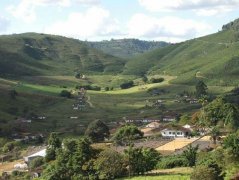Ethiopian Washed Guji Xiachi Sojixa G1 -Fayesa Fine Coffee Flavor Characteristics
The strong floral aroma is mixed with the aroma of orange peel and dried grapefruit, with delicate floral aromas and sweet peaches, orange and lemon peel, then litchi quietly appears in the middle, and the coffee blossoms in the final rhyme are strong and persistent.
The production area of Guji has always been a production area concerned by editors, and the development in recent years has confirmed that the rise of Guji production areas is indeed one of the important trends in the development of Ethiopia in recent years. In addition to beans from larger producing areas, such as Humbela and Shaquiso, there are also excellent beans from processing plants or even single estates, which are beyond the reach of traditional Yega Cherophine producing areas. What's more, in terms of innovative treatment, with the exception of Gesha Village, they all come from Guji producing areas. To seize the trend in Ethiopia, Guji can be said to be a key point that can not be ignored.

The Gigesa, located in the town of Danbi Uddo in Shakisso, was built by Faysel Abdosh in 2014. It can be said to be a very new plant, and this year is only the third year of production. Faysel Abdosh also has a coffee export company, which can be said to be close to the forefront of Ethiopia's boutique coffee trend. this processing plant is also the crystallization of Faysel Abdosh's painstaking efforts to implement its experience and knowledge as an exporter of boutique coffee, which seems to verify the ultimate pursuit of boutique coffee manufacturers. They always have the fate of the day when they roll their sleeves and pick up hoes, but therefore, the operating standards and coffee quality of this processing plant. All at the frontline level, it is no wonder that they were favored by Nordic Approach as soon as they were established.
The editor is impressed by this distinctive coffee. Its strong smell of flowers and spices can be found in many beans in Rose Summer and Rose Summer Village in Panama. Advanced people who are interested might as well serve as an interesting and comparative topic after tea.
Ethiopia's administrative region is divided into four levels, the order from big to small is Region, Zone, woreda, and kebele. Most of the raw coffee beans are named according to this rule. Guji-Xia Qiso is located in the southeast of Yejia Sheffield, a well-known producing area. In terms of administrative division, it belongs to the Oromia Region → Guji Zone → Shakisso woreda, belonging to the regional source of coffee beans.
Just as Yejia Xuefei became well-known after it became famous, it became an independent producing area. Guji became an independent production area by ECX in 2010 because of its superior geographical location and cup flavor. Shakisso (sometimes translated as Shakiso) is the most attractive micro-producing area in the Guji producing area. It is geographically located in the southeast of Yejia Sheffei, with an average altitude of more than 1800 meters. The fertile black soil (Vertisol) has a significant temperature difference between day and night, which makes it have all the local conditions to produce high-quality boutique coffee. The source of local coffee production almost belongs to the form of individual small farmers. At the arrival of the production season, the ripe red transparent berries from their neighbors are picked and sent to the processing plant and placed on a well-ventilated African scaffolding to control the temperature and fermentation degree. After the pulp is removed, the water content is reduced to between 11.5% and 12%. When the post-processing and static operation are completed, the export is done through the competitive bidding system of the ECX Ethiopia Commodity Exchange. Local exporters or international buyers follow this system to find their favorite raw coffee beans.
In recent years, the most eye-catching producing area in Ethiopia is Yejia Sheffield. Guji-Shaquiso is less known than Yejia Sheffield, but under the trend of soaring overall prices in 2015, international boutique buyers have turned to other neighboring producing areas, such as Sidamo, Limu and Jimma.... Wait, wait,
Guji-Shaquiso's coffee is actually quite unique, and its coffee has also repeatedly attracted market attention. Ninty Plus launched the legendary bean Nekisse at the end of 2009, which originally means "nectar from Shaquiso" (Nectar from Shakisso). The origin and naming come from Shakisso. Another Derar Ela launched by Level Up, which is also a producing area of Shaquiso, was repeatedly praised by Taiwan businessmen last year, and won an excellent score of 95 Coffee Review points in April 2014.
Important Notice :
前街咖啡 FrontStreet Coffee has moved to new addredd:
FrontStreet Coffee Address: 315,Donghua East Road,GuangZhou
Tel:020 38364473
- Prev

Rosy Summer sweeter than Panamanian Emerald Manor: Panamanian Honey King's Stonewall Manor Rose Summer
For the exchange of professional baristas, please follow the Coffee Workshop (Wechat official account cafe_style) geisha, also known as Rose Summer. The name is so popular these years that friends who often drink a single cup of coffee may already be familiar with her, but many people think that geisha are from the Emerald Manor in Panama, that he is just a brand name. In fact, this is the most expensive coffee variety in the world.
- Next

African boutique coffee Ethiopian Yega Sheffield Shakiso characteristic manor flavor taste cooking method
Near the famous Kaffa Forest in Ethiopia, Africa, the whole region is a wild coffee forest with at least 1000 coffee varieties. At present, scholars and experts recognize that Arabica varieties are the birthplace of Arabica varieties and are also the treasure house of global coffee genes. The coffee variety commonly known as Ethiopia's Sheffield is Heirloom, but it does not refer to a single specific variety, in Heirloom.
Related
- Does Rose Summer choose Blue, Green or Red? Detailed explanation of Rose Summer Coffee plots and Classification in Panamanian Jade Manor
- What is the difference between the origin, producing area, processing plant, cooperative and manor of coffee beans?
- How fine does the espresso powder fit? how to grind the espresso?
- Sca coffee roasting degree color card coffee roasting degree 8 roasting color values what do you mean?
- The practice of lattes: how to make lattes at home
- Introduction to Indonesian Fine Coffee beans-- Java Coffee producing area of Indonesian Arabica Coffee
- How much will the flavor of light and medium roasted rose summer be expressed? What baking level is rose summer suitable for?
- Introduction to the characteristics of washing, sun-drying or wet-planing coffee commonly used in Mantenin, Indonesia
- Price characteristics of Arabica Coffee Bean Starbucks introduction to Manning Coffee Bean Taste producing area Variety Manor
- What is the authentic Yega flavor? What are the flavor characteristics of the really excellent Yejasuffi coffee beans?

